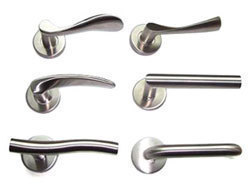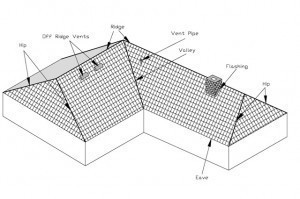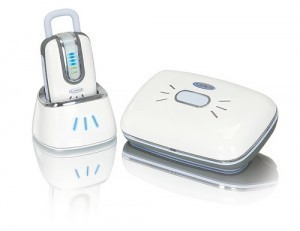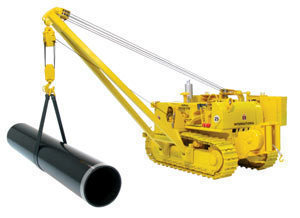Size of a Door Handle
It should go without saying that  the door has been around for time immemorial, ever since man has started living in houses. But in a way, it’s kind of odd to think that the door handle is actually a relatively recent innovation. To be precise, its invention is credited to one Osbourn Dorsey, who was issued a US patent for it way back in 1878.
the door has been around for time immemorial, ever since man has started living in houses. But in a way, it’s kind of odd to think that the door handle is actually a relatively recent innovation. To be precise, its invention is credited to one Osbourn Dorsey, who was issued a US patent for it way back in 1878.
The typical door handle mechanism has a spindle or bolt that runs through the knob, sitting over a cylinder connected to the bolt itself. When the knob is turned, the cylinder is pulled in the same direction as the turning of the knob. At the cylinder’s end can be found the latch, which juts out of an aperture made out of the frame of the door, keeping the door from opening unless the knob is turned. When the knob isn’t being turned, a spring mechanism (or any type of mechanism serving a similar function) snaps the latch back out of the hole. Usually, escutcheon plates are positioned around the door knob and the spot from where the latch sticks out.
The door handle’s position on the door can vary depending on the dictates of a particular culture’s norms, the aesthetics of a specific architectural style, or the preferences of the building’s owner. As per the case, the handle could be placed anywhere from just a few inches from the door’s edge or even to its very center. The distance between the door’s edge and the center of the door handle is known as the backset.
There some people, particularly youngsters and the aged, who find it somewhat hard to operate the round knob door handle mechanism. As a result, a number of industrial and commercial buildings, as well as households, have adopted the use of lever-operated door handles. The advantage of this kind of mechanism is that, unlike the knob-type handle, it does not have to be gripped tightly.
There are different types of door handles that are used in the household. One of these is the Entrance, which is frequently employed on exterior doors and is equipped with a keyed cylinder. The Privacy is a lockable door handle usually applied on bathrooms and bedrooms, but does not have a keyed cylinder like the Privacy. The Passage, also called Closet or Hall, is an unlockable handle used in the doors of those places for which it was named for. The Dummy is utilized for ball-catch doors or any other function that does not require a jigger mechanism, but may need a similar visual result.
Nevertheless, even with the different types of door handle mechanisms that have been developed, the traditional knob-type handle can still be found in many households even up to now. The typical size of a door knob can either be 2 3/8” or 2 ¾” in diameter. Door knobs of these sizes can generally fit onto doors with a thickness measuring within the region of 1 3/8” and 1 ¾”.





